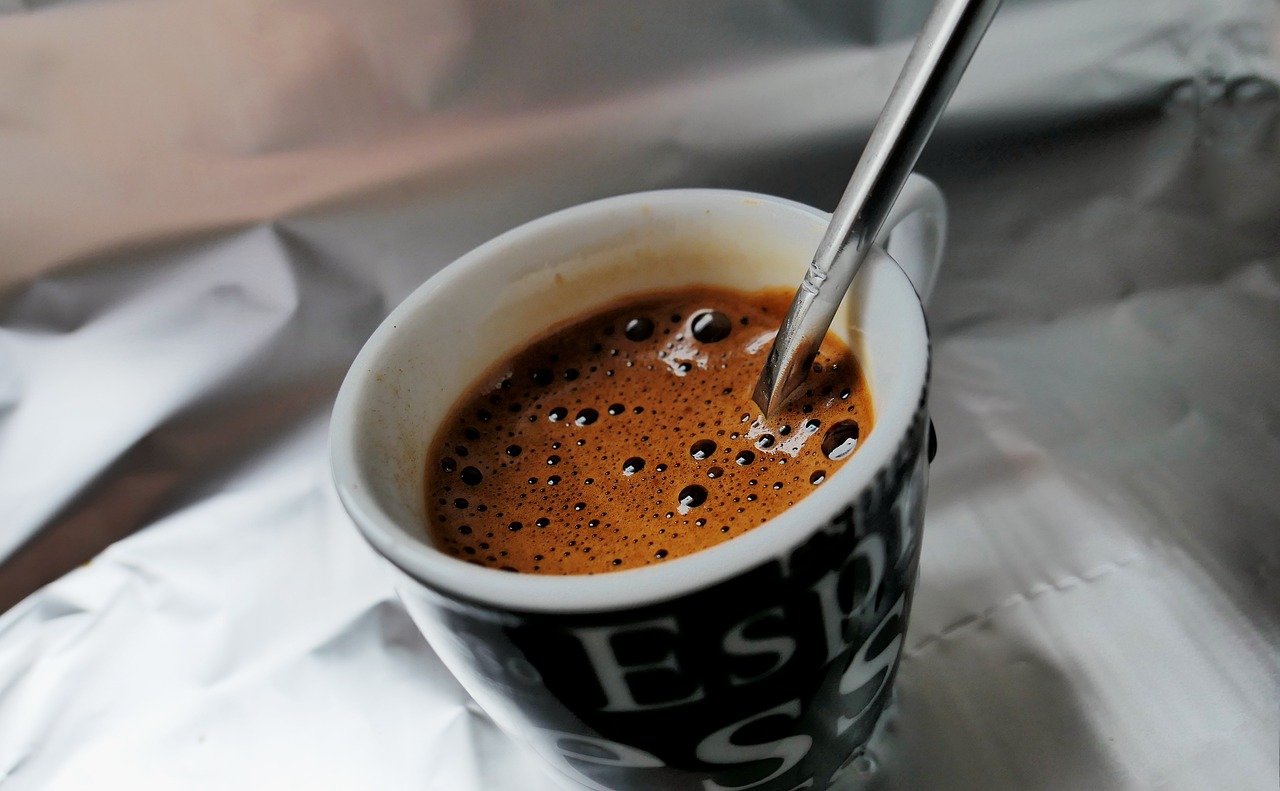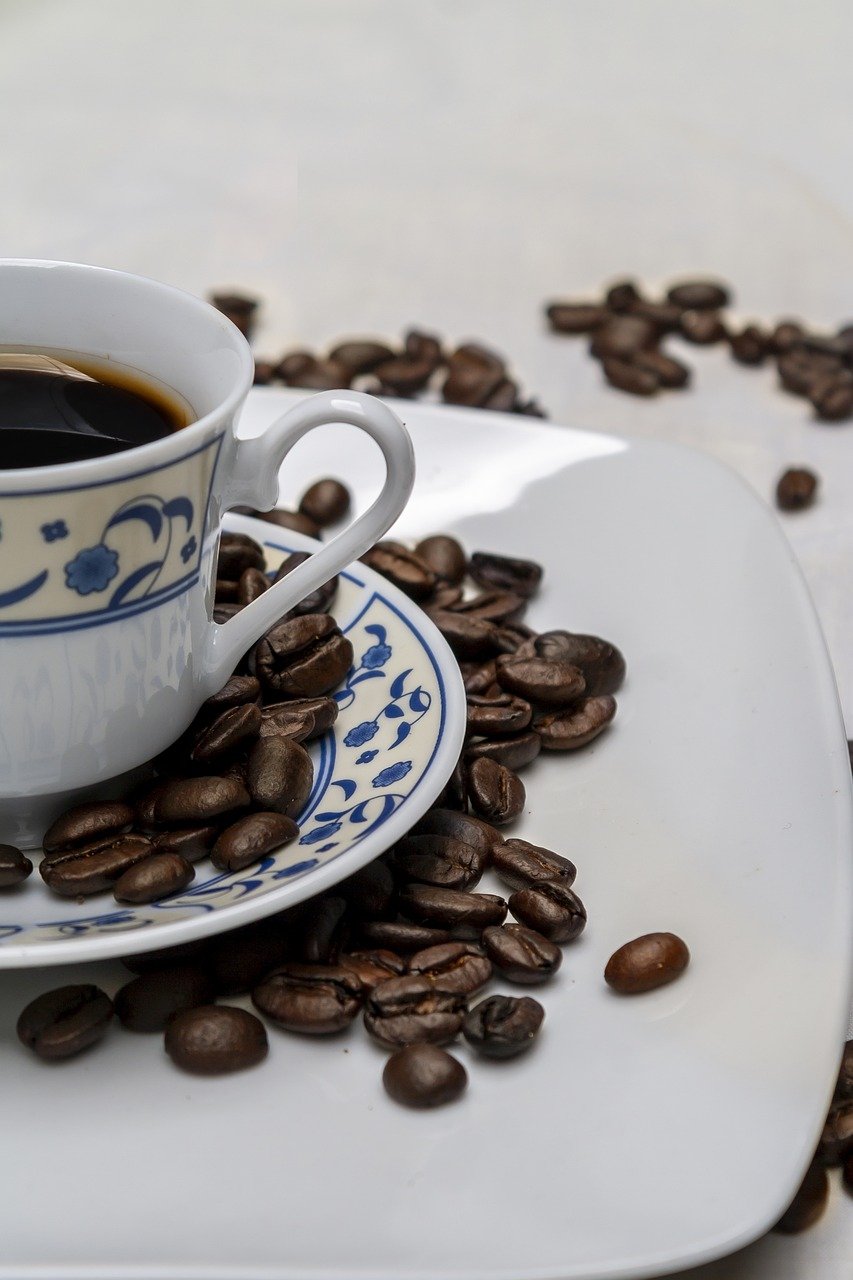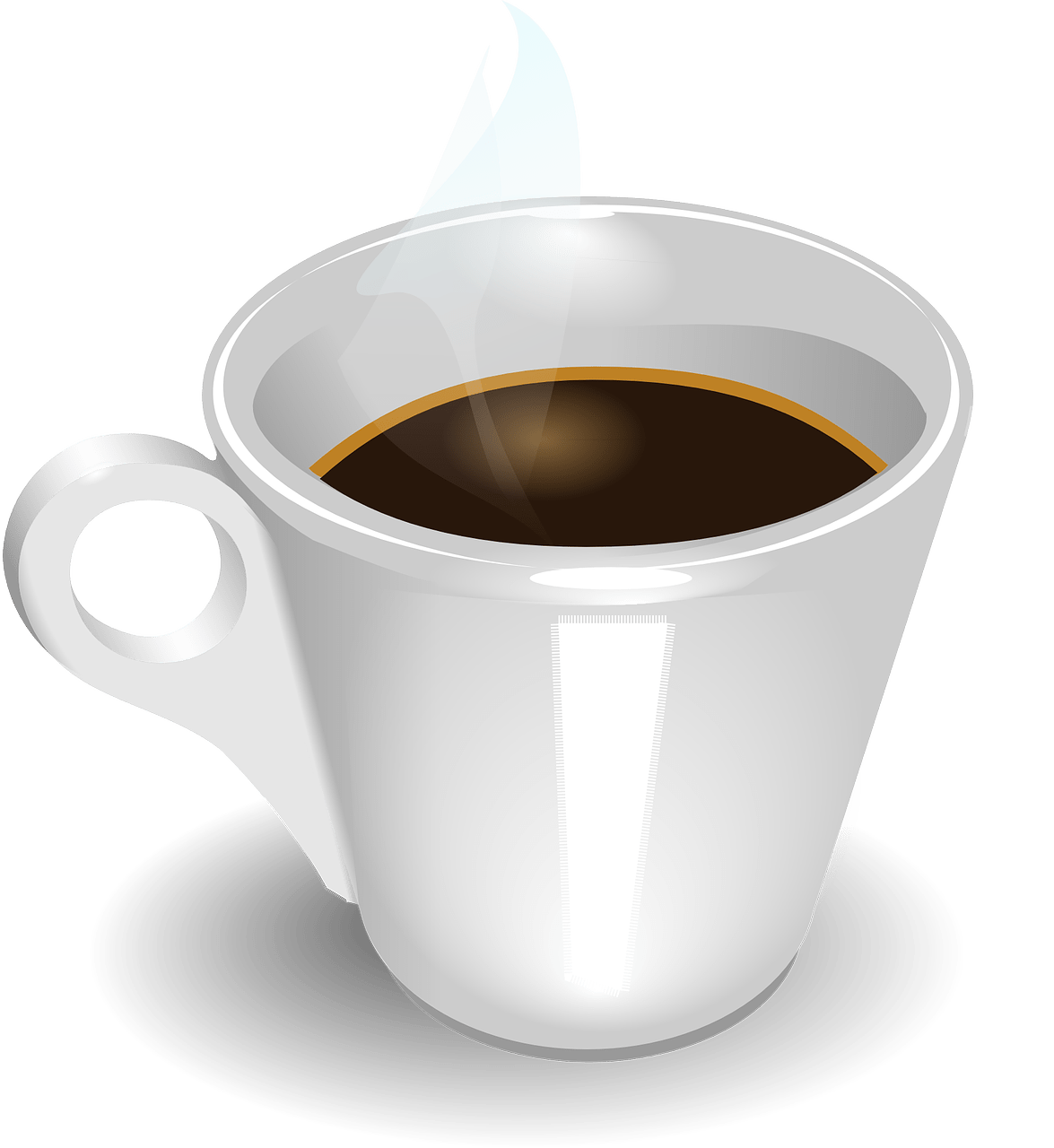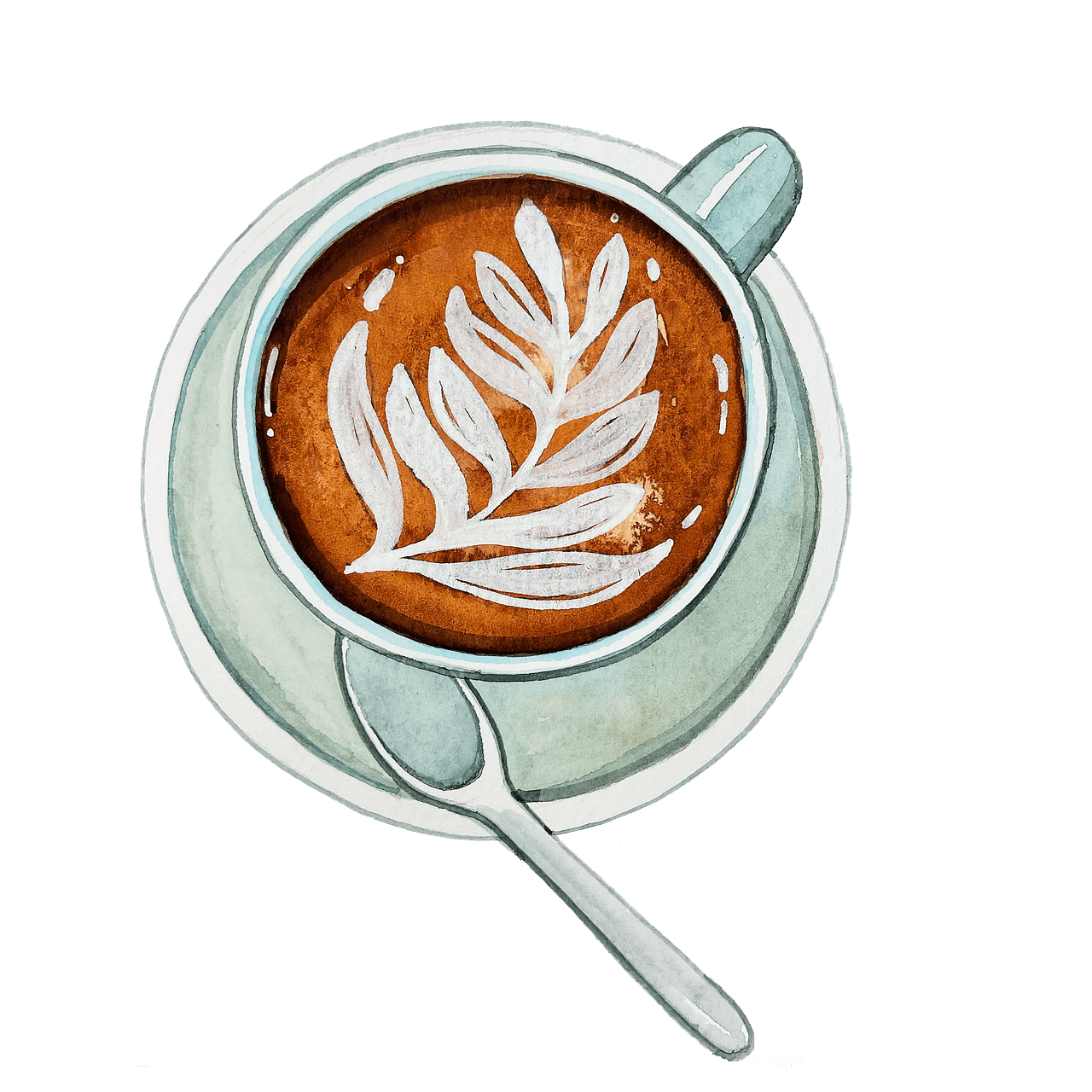How Much Caffeine Is In One Espresso Shot

Feeling the need for that energetic boost in the morning? Well, look no further than a single espresso shot. But have you ever wondered just how much caffeine is packed into that tiny cup? Get ready to be pleasantly surprised as we uncover the surprising answer to this brewing question. With a depth of flavor that punches above its weight, an espresso shot may be small in size, but it certainly packs a caffeine punch that will help kick-start your day on a friendly note. So, let’s grab our mugs and explore the delightful world of espresso and its caffeine content.
What is an Espresso Shot
An espresso shot is a concentrated form of coffee that is made by forcing hot water through finely ground coffee beans. It is a small, strong, and aromatic drink that is popular among coffee enthusiasts and is the base for many other coffee beverages. An espresso shot is typically served in a small cup and is known for its rich flavor and intense caffeine content.
Definition of Espresso Shot
An espresso shot is simply a 1-ounce (30 mL) extraction of coffee made using an espresso machine. This concentrated form of coffee is achieved through the combination of pressure, finely ground coffee beans, and hot water. It is important to note that an espresso shot is not the same as a regular cup of coffee – it is much stronger and has a bolder flavor profile.
Size of an Espresso Shot
The standard size of an espresso shot is 1 ounce (30 mL). However, variations in espresso shot sizes do exist, such as double espressos, ristrettos, and lungos. These variations affect the overall volume of the shot, but the concentration of coffee and caffeine remains relatively consistent.
How Caffeine Content is Determined
The caffeine content in an espresso shot can vary depending on several factors. While it is difficult to measure the exact amount of caffeine in a single shot, there are a few key factors that can help determine its approximate caffeine content.
Factors Affecting Caffeine Content
Several factors influence the caffeine content in an espresso shot. The type and roast level of the coffee bean, the brewing method, grind size, tamping pressure, water temperature, and pressure all play a role in the extraction process. Each of these variables contributes to the final taste and caffeine concentration in the espresso shot.
Measuring Caffeine in Espresso
Due to the complexity of the extraction process, it is challenging to measure the exact caffeine content in an espresso shot. However, it is generally accepted that a single espresso shot contains approximately 63 milligrams of caffeine. This is an average value and may vary slightly depending on the factors mentioned earlier. It is important to keep in mind that the caffeine content can also vary between different brands and types of coffee beans.

Average Caffeine Content in an Espresso Shot
Different variations of espresso shots can offer slightly different caffeine content. While the standard espresso shot contains around 63 milligrams of caffeine, other variations may provide a stronger or milder kick.
Traditional Espresso
A traditional espresso shot typically contains around 63 milligrams of caffeine, as mentioned earlier. This standard size shot is the basis for many other coffee beverages and is cherished by coffee enthusiasts for its bold and concentrated flavor profile.
Double Espresso
A double espresso, also known as a doppio, is a larger serving of espresso that contains 2 ounces (60 mL) of liquid. As the name suggests, it consists of two espresso shots combined. Therefore, a double espresso shot usually holds around 126 milligrams of caffeine, offering a stronger kick for those seeking an extra boost of energy.
Ristretto
A ristretto is a shorter espresso shot made by halting the brewing process before the full 1-ounce volume is achieved. This results in a more concentrated shot with a bolder flavor profile. Ristrettos typically contain around 51 milligrams of caffeine, making them slightly milder compared to a regular espresso shot.
Lungo
A lungo, meaning “long” in Italian, is an espresso shot that is brewed for a longer duration, increasing the liquid volume. This extended brewing time may result in a less concentrated shot compared to a traditional espresso. A lungo usually contains around 76 milligrams of caffeine, offering a smoother and less intense flavor compared to a regular espresso shot.
Variations in Caffeine Content
Several factors can contribute to variations in the caffeine content of espresso shots. Understanding these factors can help coffee enthusiasts tailor their caffeine intake based on their preferences and needs.
Bean Type and Roast Level
The type of coffee bean used to make an espresso shot and its roast level can impact the caffeine content. Robusta beans generally contain more caffeine than Arabica beans. Additionally, darker roast levels tend to result in a slightly lower caffeine content compared to lighter roasts. However, the impact of bean type and roast level on caffeine content is relatively minimal compared to other factors.
Brewing Method
The brewing method can also influence the caffeine content of an espresso shot. Different espresso machines may extract coffee differently, affecting the final caffeine concentration. Additionally, variations in brewing time and techniques employed by baristas can contribute to slight variations in caffeine content.
Grind Size and Tamping
The grind size of the coffee beans and the tamping pressure applied during the brewing process can impact the extraction efficiency and caffeine content. Finer grinds and firmer tamping may result in a higher caffeine extraction, whereas coarser grinds and lighter tamping may yield a slightly lower caffeine content.
Water Temperature and Pressure
The water temperature and pressure used during the extraction process are crucial factors that can affect caffeine extraction. Higher water temperature and greater pressure generally result in more efficient caffeine extraction, leading to higher caffeine content in the final espresso shot.

How Caffeine Affects the Body
Caffeine, the primary active component in coffee, affects the body in various ways. Understanding how caffeine works can help individuals make informed choices about their caffeine consumption.
Stimulant Effects
As a central nervous system stimulant, caffeine helps to increase alertness, reduce fatigue, and improve concentration. It achieves these effects by inhibiting the action of adenosine, a neurotransmitter that promotes sleepiness. By blocking adenosine receptors, caffeine stimulates the release of adrenaline and dopamine, which can result in increased energy levels and improved mood.
Digestive and Urinary System
Caffeine stimulates the production of stomach acid, which can aid digestion. It also acts as a diuretic, which means it increases urine production. However, moderate caffeine consumption is unlikely to have a significant impact on digestion or urine production in most individuals.
Cardiovascular System
Caffeine can temporarily increase blood pressure and heart rate. While these effects are usually mild and temporary in healthy individuals, those with underlying heart conditions may need to monitor their caffeine intake. Additionally, excessive caffeine consumption or sensitivity may contribute to irregular heart rhythms or palpitations.
Central Nervous System
Caffeine affects the central nervous system by increasing brain activity and promoting wakefulness. However, high caffeine intake or consuming caffeine close to bedtime can interfere with sleep patterns and lead to restlessness or insomnia.
Health Effects and Guidelines
While moderate caffeine consumption is generally considered safe for most individuals, it is important to be aware of potential health effects and guidelines.
Safe Daily Limits
The FDA recommends an intake of up to 400 milligrams of caffeine per day for most healthy adults. This is roughly equivalent to 4 to 5 standard espresso shots. However, individual sensitivity and tolerance to caffeine may vary. It is advisable to monitor your own reactions and adjust your caffeine intake accordingly.
Sensitive Individuals
Some individuals may be more sensitive to caffeine’s effects and may experience jitters, anxiety, or an upset stomach with even small amounts of caffeine. It is important to listen to your body and reduce your caffeine consumption if you notice any adverse effects.
Pregnancy and Breastfeeding
Pregnant women and those who are breastfeeding should exercise caution in their caffeine intake. High levels of caffeine consumption during pregnancy have been associated with an increased risk of miscarriage, preterm birth, and low birth weight. It is generally recommended to limit caffeine intake during this time.
Interaction with Medications
Caffeine can interact with certain medications, including certain antibiotics, antidepressants, and anti-anxiety medications. It is always advisable to consult with a healthcare professional or pharmacist regarding potential interactions before consuming caffeine if you are taking any medications.

Other Factors to Consider
Aside from the outlined factors, there are additional considerations that can impact an individual’s espresso shot experience.
Personal Tolerance
Each person’s tolerance to caffeine is unique. Some individuals may be more sensitive to its effects, while others may have a higher tolerance. It is important to be mindful of your personal tolerance level and adjust your consumption accordingly to ensure a pleasant experience.
Drinking Habits
Factors such as frequency and timing of espresso shot consumption can also affect your overall caffeine intake. It is advisable to space out your consumption if you are sensitive to caffeine or adjust your drinking habits to align with your desired caffeine intake.
Caffeine in Other Beverages
It is worth noting that caffeine is also present in other beverages, such as tea, energy drinks, and soft drinks. Consider your overall caffeine consumption from various sources to maintain a balanced caffeine intake and avoid exceeding recommended limits.
In conclusion, an espresso shot is a concentrated form of coffee that provides a rich, bold flavor and a caffeine boost. Its caffeine content can vary depending on several factors, including the variation of the shot itself, the type of coffee bean used, the brewing method, and other extraction variables. Understanding the effects of caffeine on the body, considering health guidelines, and taking personal factors into account can help individuals make informed choices about their espresso consumption. So, go ahead and savor your espresso shot, but always remember to listen to your body and enjoy it in moderation. Stay caffeinated, my friend!
